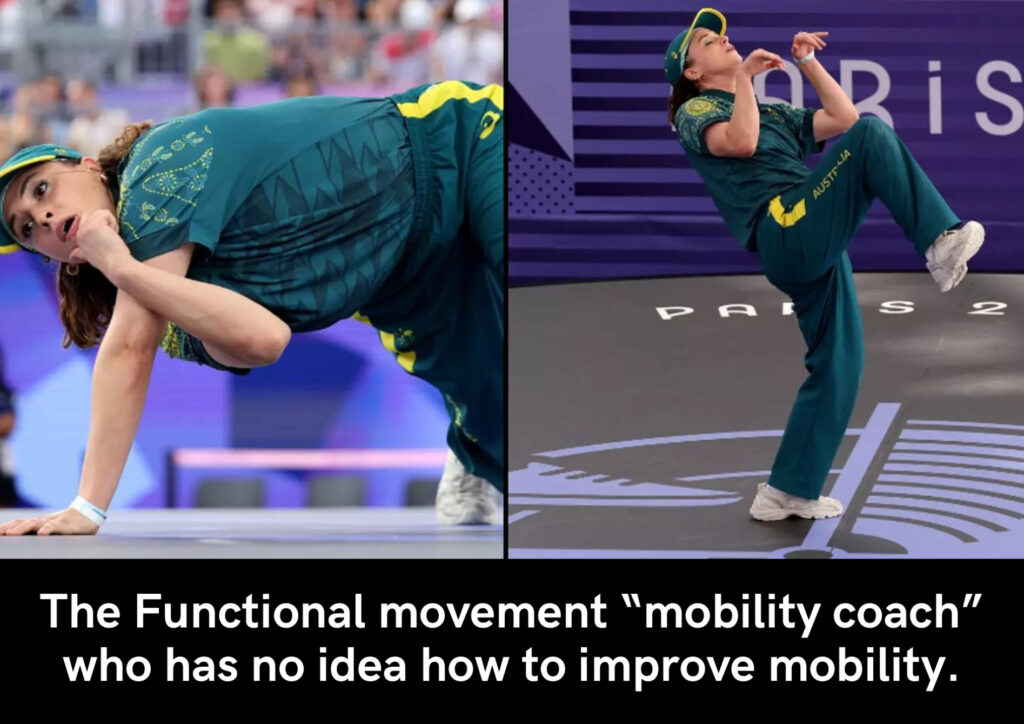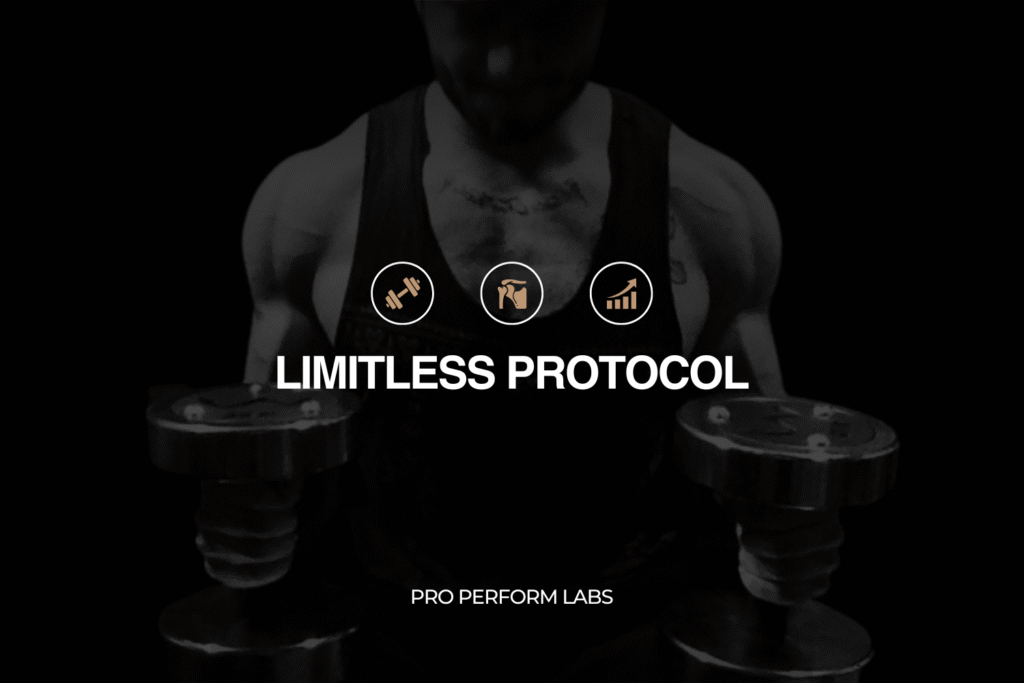As I was scrolling through my Twitter feed this morning, I stumbled upon something that made my skin crawl.
A thread.
From a “functional” mobility coach with 20,000 followers—selling animal flow and exotic bodyweight drills as the ultimate solution for better mobility, movement, and health.
Why did it boil my blood?
Because as someone who values truth and critical thinking, I can’t stand seeing large social media accounts peddling nonsense that misleads thousands of intelligent people who deserve better.
“But I thought that stuff was supposed to help with mobility?”
I don’t blame you for thinking that.
I used to believe it too.
But what if I told you… those “functional” coaches are leading you down a path of compensation, pain, and injury?

At surface level, I understand why these accounts tell their followers to focus on “functional” bodyweight exercises (like animal flow) or compound movements (like squats) to improve mobility and bodily function.
The logic seems sound:
They mimic real-life movements, so they should be great for improving how you move, right?
Here’s the problem:
Multi-joint movements don’t address the underlying weakness or limitation. They teach you to train around the problem instead.
Here’s how it works…
Let’s say you’re doing a multi-joint movement, and you have a muscle or joint that isn’t functioning right. In this scenario, the body has a lot of back up options, and so it chooses another muscle or joint to jump in and pick up the slack.
Over time…
This response teaches your body how to compensate so it can move with less pain and restrictions… by AVOIDING the issue.
Meanwhile, the weak muscle is neglected… And more stress is imposed upon the compensating muscles.
Which is fine at first…
But then your overworked muscles get p*ssed off, and you end up with overuse injuries and nagging pains when you try to be active.
An Analogy: Private Tutoring
Imagine you’re a teacher, and you’ve got a student who is falling behind in class.
In this scenario, you have two choices:
- Leave the student in class. They will continue to fall behind and drag down the average performance of the group.
- Give the student private tutoring in an isolated setting. They will catch up. and perform up to speed in a “team setting” when integrated with the rest of the class.
See where I’m going with this?
Now replace the word “student” with muscle or joint.
Option 1 – Continue performing multi-joint movements and train around the problem. Your weak muscle or joint will fall further behind, limiting your overall performing during training or sports.
Option 2 – Train the weak muscle or joint in an isolated setting. The issue improves, and is no longer a weak link when you introduce it back into multi-joint movements.

The Specifics: Boosting Mobility
Like all problems, bottlenecks or deficits life — the best way to deal with limited mobility or function is to address it head on.
How?
You assess each joint individually — on both sides of your body (eg. Shoulder, elbow, hip, knee), to see who is lagging behind.
And if you find:
1) Restrictions in joint ROM
2) Deficits in output or strength
You then use targeted single joint exercises to improve muscle function, mobility, and pain symptoms (if you have them).
With single joint exercises:
Your body has no option but to address the problem muscle or joint head on. The challenge is targeted and precise, so the body cannot compensate, and the weakness cannot hide.
A Quick Summary
To summarise… single joint > multijoint if you want to improve muscle function, joint function, and pain-free mobility.
Why?
If given the option, your nervous system won’t choose to use weak muscles when there are stronger ones available.
And weak muscles stay weak…
Unless your CNS is given no choice but to use them.
Hope you found this useful,
— Ollie E.



